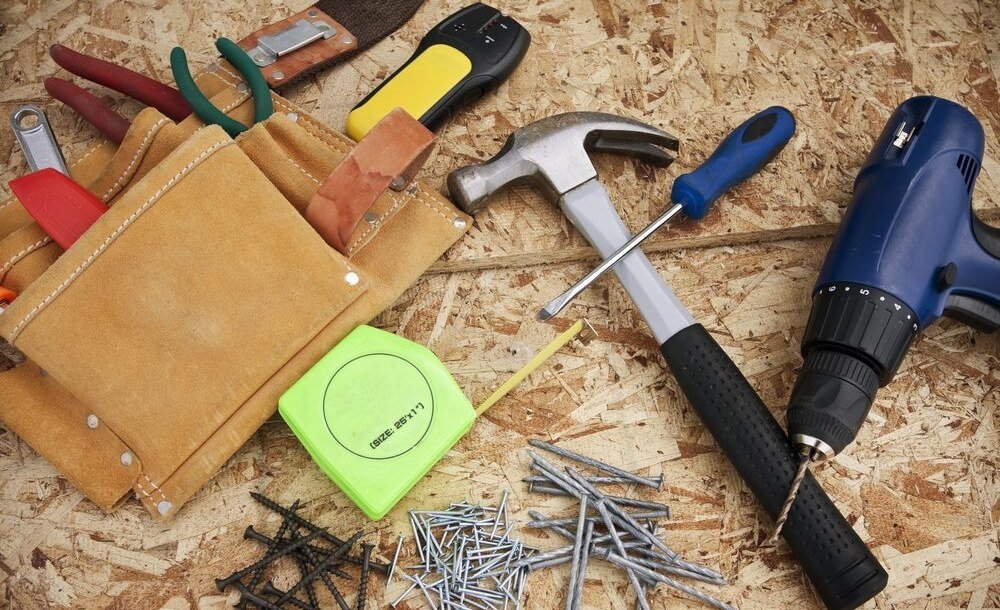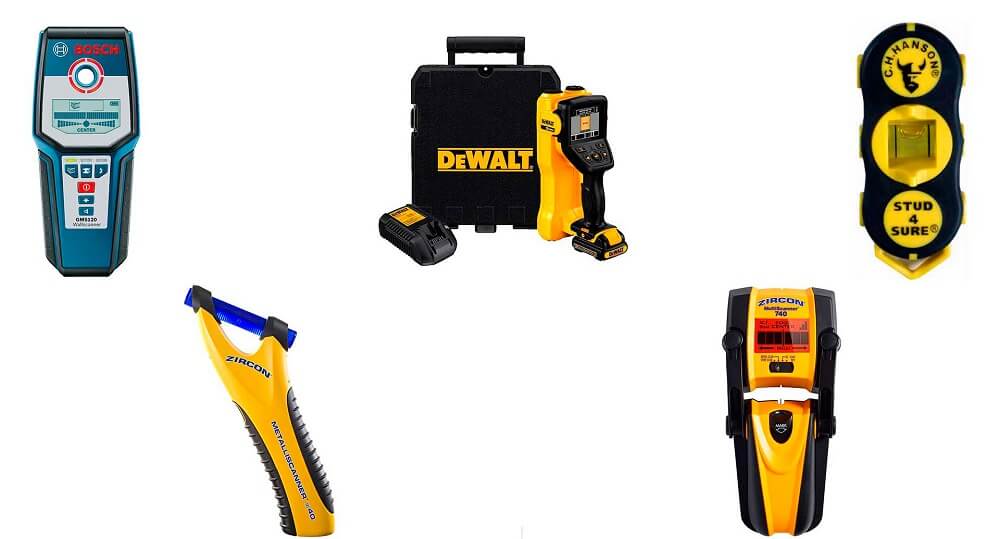
A stud is an important element of construction and you need to know where it is if you want to mount something. It is a wooden piece, which is a part of a frame. Usually, vertical boards are located evenly – the distance between two boards is 16 inches. The same is true for ceiling joists, which are a sort of ceiling studs. However, the horizontal pieces are put using two intervals – 16 or 24 inches. Knowing the distance between boards, you need to know where one of the boards is located and then you can find the other ones.
These elements carry much weight, so understanding how to find ceiling studs is the first step if you need to attach something heavy. There are several ways of finding studs in ceiling.
Use your ears
Of course, you cannot see ceiling joists behind drywall, but you certainly can hear where they are if you knock on a wall portion, since the sound will be different. If you knock on a part with the frame component behind the wall, you will hear a solid sound. However, if you knock on a surface with no framing components, then you will hear a hollow sound. When you find a stud you should drive a very small nail into to tell you exactly whether you are right or not. However, if you miss, you will have a hole that you need to patch.
This method is quite fast and you do not need any special tools, but this method is quite challenging since there should be no noise, since the sound difference may be difficult to notice. It may be quite challenging if you have any problems with hearing.
Stud finding tools
These tools are a perfect option which facilitates the whole process and let you find ceiling studs without any problems. There are many solutions available to you and all these devices are quite precise. These tools are not very expensive.

Types of stud finders
Magnetic finders use magnets which are attached to metal fasteners. The closer you put it to the fastener, the more the power of attraction. However, some builders may leave fasteners off the stud and this tool will find “empty” useless locations.
Electronic finders are more complicated. Such devices use the changing of the dielectric constant to detect a stud. Such solutions are extremely precise, however, bumpy surfaces (you may get those due to uneven wall plaster or paint) can make electronic such finders less precise.
Make sure you calibrate the tool. Use an area where no joists are located, so the stud finder has the base density reading for a hollow area.
Find the stud right now
There are several ways to find studs or ceiling joists, but using a special tool is the fastest, the easiest and the most precise option. Stud finders are extremely easy to use and you will not spend much on them. It is a super useful tool, especially if you are a professional builder. Using other ways of finding studs may take some time and they are not 100% precise. Those ways may require you to find small bumps which will tell you where a stud is. When you know how to find stud in ceiling, you can easily attach something heavy.
